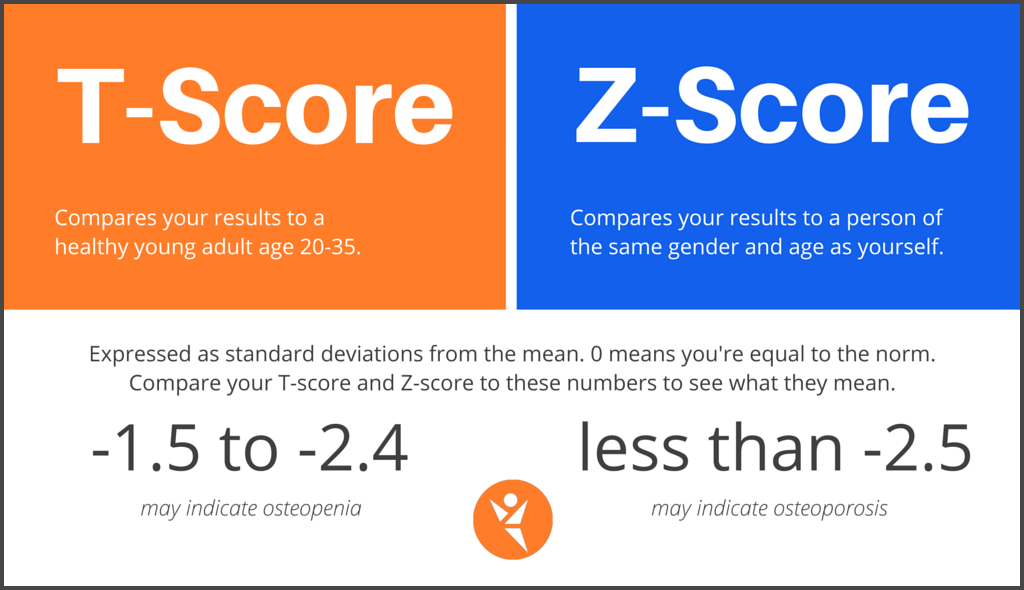Interpreting Bone Density Test Results
A bone mineral density (BMD) test is an illuminating way to anticipate your bone health. It can determine your risk for fractures, test for osteoporosis, and gauge your body’s response to osteoporosis treatment. This screening can benefit individuals of any age, race, or sex since there are no visible signs or symptoms that could let you know you have fragile bones. That said, bone density test results can be confusing and difficult to understand.
There are several methods for testing bone density, x-rays and ultrasounds being the most common and accurate. Here at Cover-Tek, we do a broadband ultrasound analysis (BUA) on the ankle of the less-dominant foot. This foot often provides a slightly lower reading, allowing your score to error on the side of caution. The heel is placed on a small machine with lubricated prongs that gently touch the sides of the ankle. A quick ultrasound is completed and your score is computed.
Bone Density Test Results: T-Scores & Z-scores
The scores presented on your bone density test results consists of two numbers: a T-Score and Z-score, both expressed in standard deviations from the mean, or average. The T-score is a comparison of your results to a healthy young adult age 20-35, while the Z-score is a comparison between you and a person of the same gender and same age as yourself. The more standard deviations below 0, expressed as negative numbers, the lower your BMD and the higher your risk of fracture. A score of 0 indicates that you are equal to the norm. Implications of osteopenia arise for scores of -1.5 to -2.4 and a score of -2.5 or lower signals osteoporosis.
 Osteopenia is the onset, or early stage, of osteoporosis and it is first detected in the lower back and hips. That’s why the ultrasound is a good starting point, and if it indicates osteopenia or osteoporosis, we recommend you see your physician for a full body scan and treatment recommendations.
Osteopenia is the onset, or early stage, of osteoporosis and it is first detected in the lower back and hips. That’s why the ultrasound is a good starting point, and if it indicates osteopenia or osteoporosis, we recommend you see your physician for a full body scan and treatment recommendations.
Could You Benefit From a Bone Density Test?
There are several demographic and lifestyle factors that affect your risk of developing osteoporosis. For instance, osteopenia is more prevalent in women, as only 20 percent of cases occur in males. They carry more weight, have greater muscle mass, and have stronger skeletal systems, all contributing to escalated bone strength. Both sexes are more likely to develop osteoporosis with age, which is not surprising since most people reach their peak bone mass during their twenties. White and Asian individuals are also more likely to develop osteoporosis, as are people with overactive thyroids (or those who take too much medication to aid an under-active one).
Learn more about your risk for developing osteoporosis to help your bones stay healthy, even though you can’t see them. Interpreting your bone density test results is a giant step toward understanding your overall health and wellness. You can easily add a bone density test to your company health fair to help employees stay healthy!